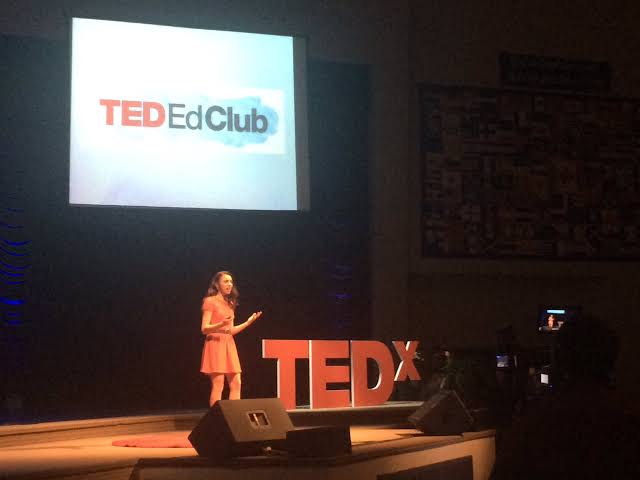Biography of ECG Sudarshan- Nayantara B Terese
E.C.G. Sudarshan, the brilliant scientist from Kerala, was born in Kottayam in 1931 to a regular Catholic household. His contributions to tachyons and other physics foundations are outstanding. Being naturally exposed to a culture that places a high priority on education was typically beneficial. He was able to focus on the areas that aroused his attention when he went to school. Material science gradually become his method of gaining a better understanding of his surroundings. He preferred the energy of taking a gander at the world through the crystal of science, and he could do it for eternity.
At the point when he was in Madras Christian School, he had a few excellent educators, and their training roused him to find out additional. While he was doing his lords at TIFR, he had been alloted to the test inestimable beam bunch that examined emulsion tracks. The work included recognizing the emulsion tracks of infinite beams with extraordinary accuracy. He had extraordinary trouble doing anything exact with his hands. He and his companion Biswas were occupied with distinguishing these tracks and fostering a model for how the concerned particles communicated with issue. Robert Eugene Marshak, a recognized atomic physicist, visited TIFR during his subsequent year. To leave TIFR and apply abroad, they would require the endorsement of their counselor. Whenever this point was disclosed to Marshak, he headed toward ECG's counselor and inquired: "Is there any trouble with his leaving?" And to Marshak, he said OK, and later he said ECG that he wouldn't be appropriate for hypothetical examination, and consequently, he can't be appropriate for hypothetical exploration, and accordingly, I can't allow you to go there. So the next year, he changed his counselor and promptly conceded the consent. During one of the visits by Robert Oppenheimer, Marshak suggested ECG for an association at the Organization for Cutting edge Study. After a short meeting, he was recruited. Bhabha called him to Washington to meet him. Bhabha knew about V-An and his job in it. However, Marshak let him know that he was going to Rochester. The primary year he joined Rochester was the most essential one for him, as Marshak was out of the nation, and the other senior educator in the office had a few individual issues. ECG had the obligation as well as educating.
What helped him in his PhD postulation in 1957 was likely perhaps the main things in physics, and the Nobel Establishment ought to have selected him around then. Yet, all things considered, they gave the prize to someone who accomplished something on top of it. Yet, he guarantees us that it isn't unbiased. He says that when the prize is given to any understudy (or any individual who expands on top of it), it is very much like giving the honor to him; it is his prize itself. At the point when he took over IMSc, its financial plan was three crores. When he gave it more than five years after the fact, it was Rs 30 crore. A great deal went into the structure foundation, especially the library. Further, the pay rates of these scholastic staff remained very low. Requesting more cash for science these days resembled Oliver Wind requesting more soup. At last, the DAE concurred that IMSc personnel got significant raises, and he was likewise offered IISc autocracy. Then, at that point, they set up the middle for hypothetical examinations in IISc. Its order has included interdisciplinary exploration including the utilization of math to both essential and applied sciences.In the instance of tachyons, what he did was to say that there was no incredible fiasco assuming they were there. There isn't anything there that says that assuming it is there, the world will reach a conclusion. It is on the grounds that individuals have basically gotten specific things wrong. Up until this point, nobody has tracked down it, however it very well may be viewed as later. What's more according to the hypothesis of relativity, assuming you give increasingly more energy to a molecule, it can move quicker and quicker, however it can never arrive at the speed of light. The quick use of the tachyons is that correspondence can be speeded up.We can also perform things at a distance faster than light can travel if we have tachyons. Despite what he claims, it is possible to do so without breaking any physical rules.He claims that, despite the excitement surrounding some of these institutes, he has yet to hear any substantial suggestions from them about India's current scientific research standards. Most scientists are content to work on routine tasks. There is no ambition to succeed, and no courage to tackle difficult issues or explore interesting new possibilities. Repeating what has already been done does not lead to progress. Raman proposed a theory involving vibrating strings. Some may find it amusing that such a brilliant man should be concerned about musical instruments. However, he elevated these inquiries to inspired inquiry. The honours class has to adopt the same spirit of inspired inquiry.



Comments
Post a Comment